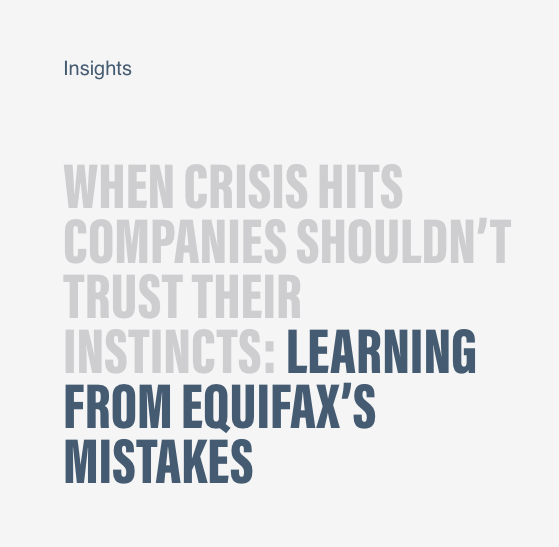Sustainability as a journey
We hear from clients all the time a level of frustration with how their sustainability story is being received by customers and investors. Some are frustrated that people don’t give them the credit for the good things they are doing. Others are frustrated knowing that their sustainability efforts will make a meaningful difference while others are “greenwashing” and getting more credit. Nowadays most companies are communicating what they are doing to be more earth friendly and that makes it harder than ever to break through the clutter.
Through our research, we’ve identified a few key areas to focus on when assessing your sustainability story:
1. Start by anchoring to your company’s “why.” To create a message that sticks, it has to be credible coming from you. So tie your message to your company mission and purpose. For example, Nike talks about sustainability as “MOVE TO ZERO IS NIKE’S JOURNEY TOWARD ZERO CARBON AND ZERO WASTE TO HELP PROTECT THE FUTURE OF SPORT. FOLLOW EACH STEP IN OUR JOURNEY AND DISCOVER NEW WAYS WE CAN MOVE TO ZERO TOGETHER.” By tying their efforts to sport, it is credible but also memorable. We’ve gone more in depth on why this approach to communicating sustainability matters here.
2. Let your actions speak. Being specific about the actions you’ve taken so far helps build trust and credibility with your audience. For example, say you’ve made changes in the ways you consume energy by installing solar panels on all of your global offices. That you’ve increased the amount of recycled materials you use from 50 to 75%. And then…
3. Connect what you’ve done with where you’re going. Connect your actions to broader goals to help create a framework or “building blocks” approach that shows that you have made measurable progress and will continue to do so over time. For example, talk about how you’re using 75% recycled materials today, but want that number to be 100% by 2025. List specific actions you’re taking to help your readers understand how you’re getting there. This helps to establish your reputation as a business that’s committed to acting sustainably, to building on what you’ve done, and to learn over time to take it a step further.
4. Your sustainability story is never finished. You are on a journey. The work here is never done. We will never be perfect, and we are always learning and doing better. You can communicate goals — to be Net Zero by 2025, for example — but it’s important to show that 2025 doesn’t represent the end goal. Net zero isn’t the end of the road. By talking about the journey you are on, you invite others to join you, and importantly get people to root for you.









